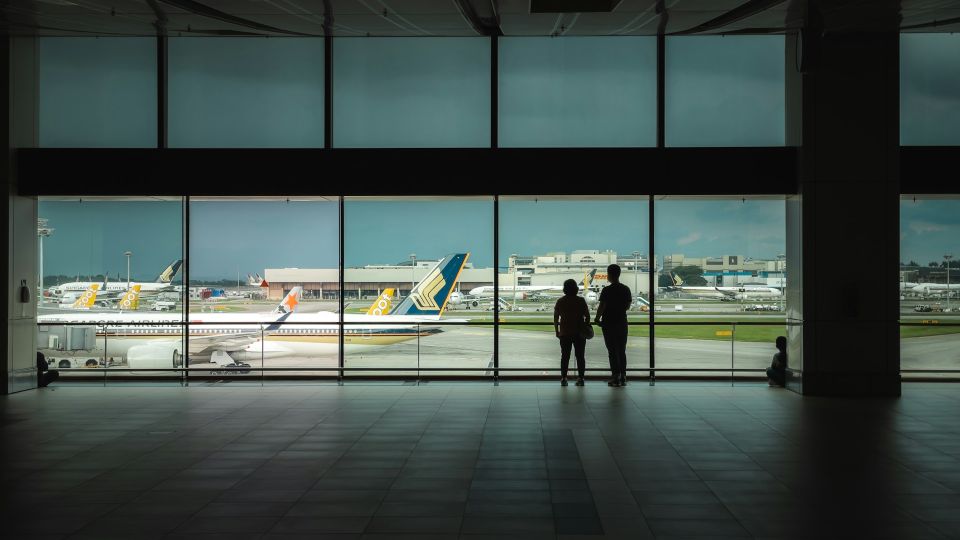June 4, 2024
SINGAPORE – The number of turbulence incidents reported by airlines has increased, although severe turbulence remains rare, the International Air Transport Association (Iata) said at its annual meeting on June 3.
Speaking at a media briefing, Iata’s senior vice-president for operations, safety and security Nick Careen said the Flight SQ321 turbulence incident – which killed one passenger and injured dozens – has led to more airlines reviewing their standard operating procedures (SOPs) on safety, but no “wholesale changes” have been made in its wake.
Singapore Airlines (SIA) had updated its safety measures shortly after the severe turbulence incident involving SQ321 on May 21 – meal service must now be completely paused, and cabin crew members have to buckle up when the seat-belt sign is turned on.
Twelve people were injured when Qatar Airways Flight QR017 struck severe turbulence a few days later.
Asked if other airlines have changed their protocols, Mr Careen said: “Airlines have had pretty solid standard operating procedures when it comes to seat belts and adherence to seat-belt signs. The (SQ321) incident heightened awareness of that and perhaps made airlines reinforce and train their crew.”
He noted that the last inflight death caused by turbulence was in 1997, on a United Airlines flight from Narita to Honolulu.
“Fortunately, it doesn’t happen that often, but when it happens, airlines will review SOPs and see if they need to be changed. We’ve not seen any indication that there have been wholesale changes other than increased awareness,” he said.
About 10 hours into its flight on May 21, SQ321 encountered “sudden extreme turbulence” over Myanmar’s Irrawaddy Basin at 37,000 feet.
Asked if airlines have adjusted their flight routes to avoid passing this area, Mr Careen said: “What is changing is the availability of information to allow for pilots to make operational decisions real-time based on the increased amount of data and data sharing, which is a good thing. So that may result in more diversions around potential impacted areas.”
He added that while some studies suggest that climate change could potentially accelerate turbulence, there is nothing that illustrates that it has. But this is still something the industry will continue to monitor closely.
Speaking to The Straits Times on June 3, Emirates president Tim Clark said the airline already has “some fairly strict protocols” to deal with turbulence.
“Probably the lessons from what happened with Singapore Airlines will bring more laser focus on that. You can expect the industry will be fairly vigilant now,” he added.
“We have been flying through areas with turbulent activity for many years. We know how to deal with those. Sometimes you’re unlucky. I think SQ is a bit unlucky, quite obviously. But it could have been any one of us that could have been caught that way.”
Emirates last week said it was adding new technology that provides pilots with real-time, highly accurate turbulence information and forecasts that will help them plot the best paths around affected areas for safer and more efficient navigation.
To that end, it joined Iata’s Turbulence Aware Platform – a global data-sharing platform launched in 2020 – and will integrate the platform into a mobile navigation system made by Germany’s Lufthansa.
Iata said 21 airlines are currently feeding data to the platform, and about 150 million reports have been generated by participating carriers since its inception.
SIA and Iata have been in discussions over various options in relation to the platform, before the SQ321 incident occurred, said Mr Adrian Ganea, Iata’s senior product manager for the platform.
He said the reports made to the platform provide data such as visibility on the altitude, coordinates, turbulence intensity, and wind and air temperature.
Asked why Emirates joined the platform, Mr Clark said this has been in the works well before the SQ321 incident.
“The important thing is that the information that comes from the community flying in certain areas is passed on a real-time basis to all other pilots flying.”
RwandAir chief executive Yvonne Makolo said: “We have always been safety-conscious… We will continue enforcing our SOPs… I think it’s clearer now how important this is, especially for passengers to follow the directives they are given.”

